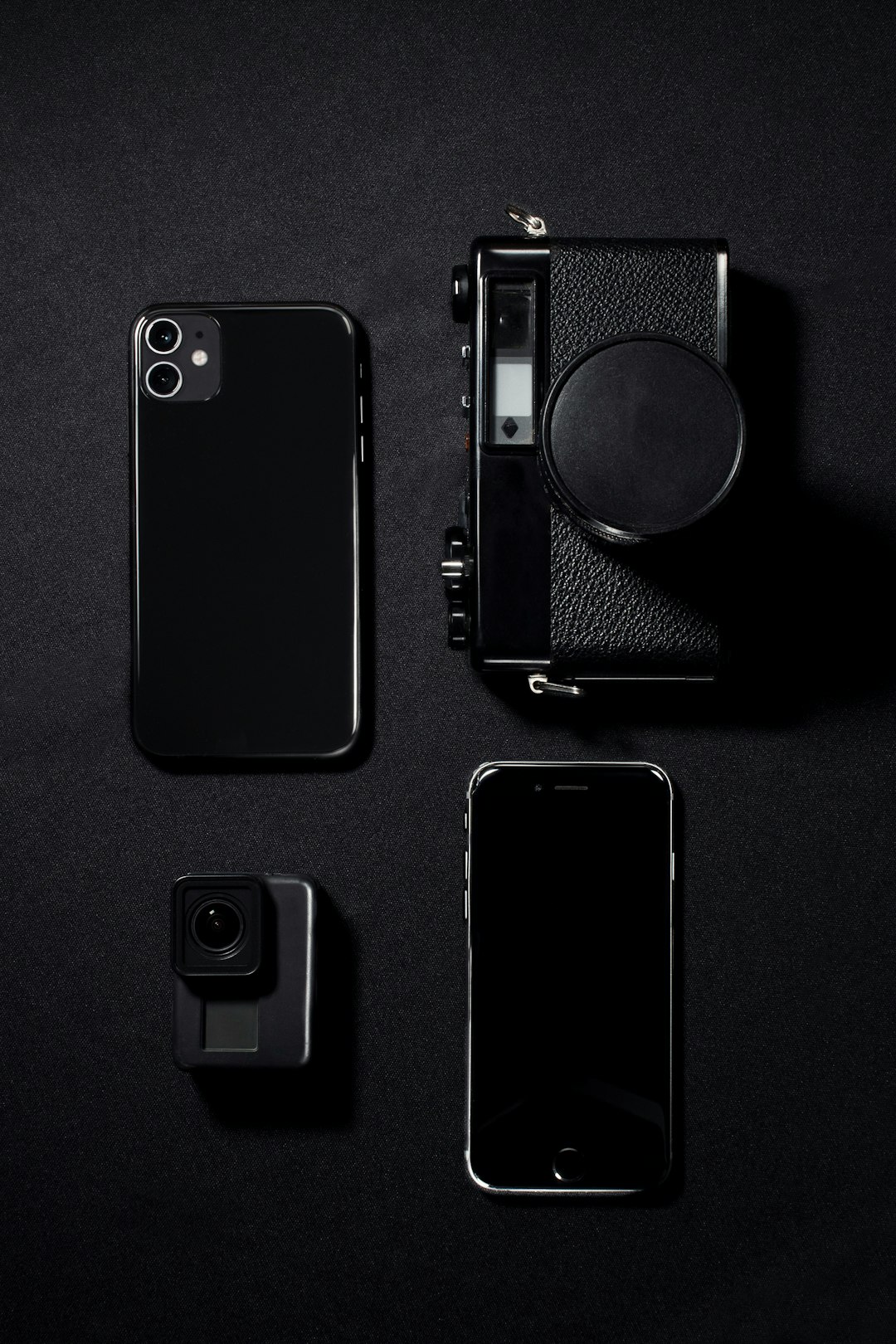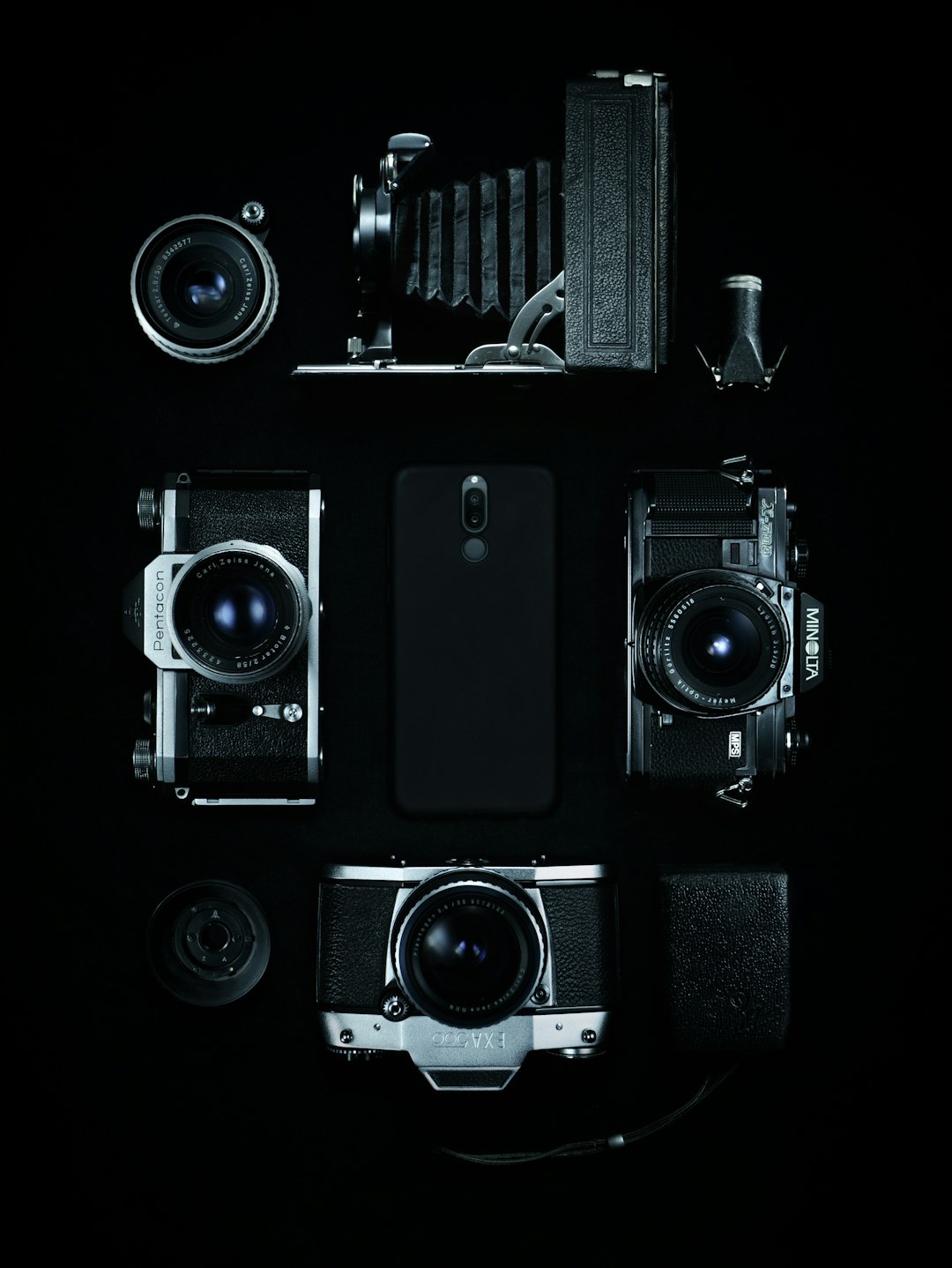The Apple iPhone lineup continues to evolve with the latest release of the iPhone 16, while the iPhone SE remains a popular choice for budget-conscious users looking for a compact, powerful phone. Although both devices share Apple’s iOS ecosystem, they differ greatly in terms of size, design, and hardware. One important area where these differences matter is case compatibility. This article compares the iPhone SE against the iPhone 16, focusing on case fitment and key features.
Design and Dimensions
The first aspect to consider when comparing these iPhones is physical size and build. The iPhone SE (3rd generation, released in 2022) features a 4.7-inch Retina HD display and uses the old iPhone 8 chassis, complete with a physical home button and thick bezels. In contrast, the iPhone 16 boasts a more modern aesthetic with edge-to-edge display, slimmer bezels, and Face ID technology. It’s expected to sport either a 6.1-inch or 6.7-inch Super Retina XDR display, aligning with the design of previous iPhone Pro and Plus models.

Due to these significant design differences, cases made for the iPhone SE will not fit an iPhone 16 and vice versa. The differences in camera module size, button placement, and overall dimensions make cross-compatibility impossible. Freeform silicone or leather cases also won’t accommodate these structural discrepancies.
Camera Placement and Cutouts
One obvious indicator of non-compatibility comes from the rear cameras. The iPhone SE has a single 12 MP camera, while the iPhone 16 is anticipated to have multiple lens setups—either dual or triple lenses, depending on the model. This means the camera cutouts of phone cases differ dramatically between the two models.
Cases designed for the iPhone SE usually have a small, circular cutout to support its single lens. In contrast, iPhone 16 cases will have large, rectangular or pill-shaped cutouts to accommodate its sophisticated camera array and LiDAR scanner. This alone rules out the possibility of using a case interchangeably.

Button and Port Placement
Aside from screen size and camera shape, the buttons and port alignments significantly differ. On the iPhone SE, the side button, volume controls, and mute switch are at different heights compared to the iPhone 16. Apple tends to shift button placements slightly with almost every generation, further limiting case compatibility.
Additionally, if Apple transitions fully to USB-C on the iPhone 16, a move that’s been rumored for multiple releases, even the bottom opening of phone cases would no longer match the Lightning port in earlier iPhones like the SE. This detail not only impacts case design but also influences accessory compatibility.
Material and Protection Considerations
Besides fit, the material and intended use between SE and 16 cases differ. iPhone SE cases tend to be simpler, often thinner and built for light protection. Cases for the iPhone 16 often incorporate more rugged features like shock absorption layers, screen bezels for drop protection, and even integrated magnets for MagSafe compatibility.
Users upgrading from an iPhone SE to the latest iPhone 16 should plan on investing in new accessories, including a case, due to these critical differences. It’s a worthwhile investment to ensure full functionality and protection of the device.
Conclusion
While the iPhone SE and iPhone 16 share branding, they are vastly different devices in terms of design, size, and functionality. These differences make case compatibility impossible, pushing users to choose phone-specific accessories tailored to each model. As Apple continues to innovate, accessories will continue to evolve in size and technology support, so choosing the right case for your device is more critical than ever.
Frequently Asked Questions
-
Can I use my iPhone SE case on an iPhone 16?
No, the dimensions, button placements, and camera layouts are different, making the cases incompatible. -
What are the main size differences between the iPhone SE and iPhone 16?
The iPhone SE has a 4.7-inch display while the iPhone 16 likely starts at 6.1 inches, resulting in a larger and taller body. -
Do both phones support MagSafe accessories?
No, only the newer iPhones such as the iPhone 16 support MagSafe. The iPhone SE lacks the magnetic alignment system required. -
Can I use the same screen protector for both phones?
No, due to different screen sizes and front camera placements, screen protectors are model-specific as well. -
Will my old iPhone SE charging cable work with the iPhone 16?
Possibly not. The iPhone 16 may support USB-C charging, while the iPhone SE uses a Lightning connector.
